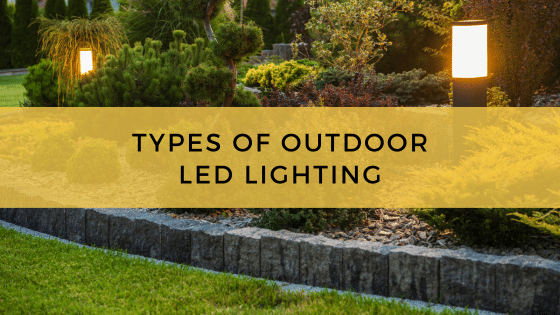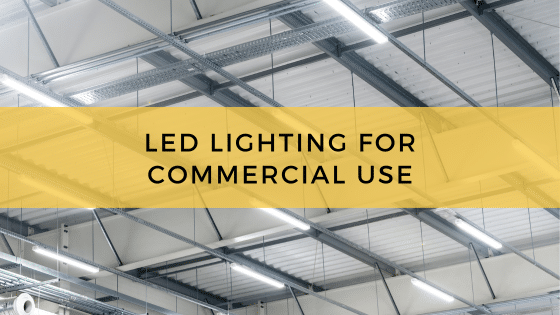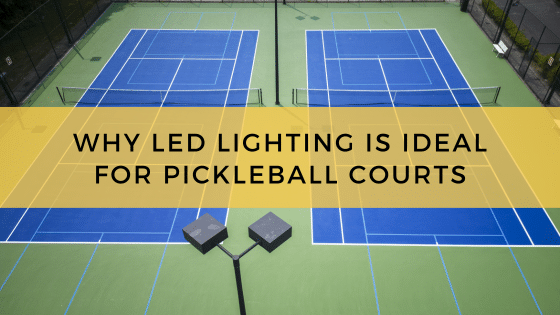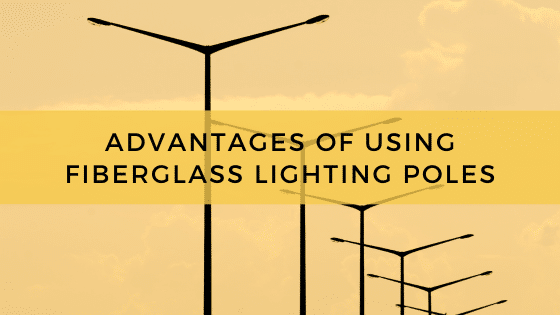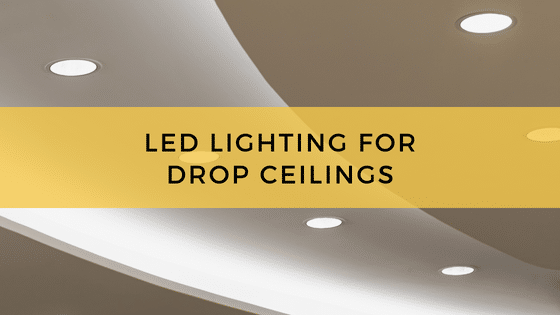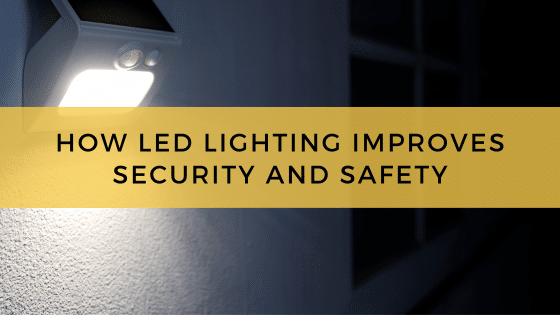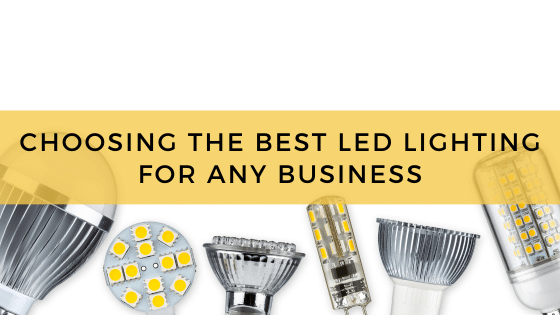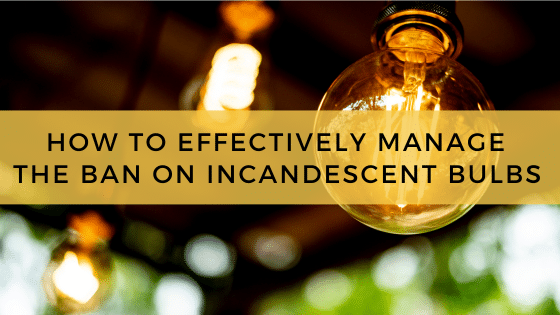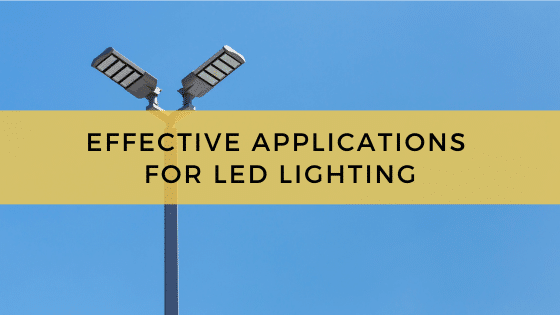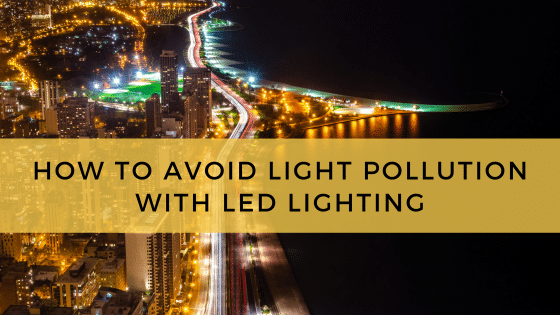
LED lighting can help property owners avoid producing light pollution, as LED offers the following advantages:
- It can be aimed
- It can be shielded
- It can be controlled with precision
- It is available in warm color temperatures
- It can be easily diagrammed using photometric technology
Together, these benefits can be leveraged by lighting experts to minimize light pollution – including uplight that causes “sky glow” and unwelcome trespass onto neighboring properties.
Read on to learn more about each advantage of LED lighting in detail, and how LEDs can be utilized to avoid light pollution.
1) LED Lights Produce Directional Illumination That Can Be Shaped
Until LEDs came along, all forms of exterior lighting were omnidirectional in nature. This includes metal halides and other high intensity discharge technologies. Omnidirectional lights emit illumination in every direction – an obvious problem if you are attempting to avoid light pollution.
On the other hand, LED lights are directional by virtue of their engineering. They tend to emit most of their light in a single direction, and lighting experts can use this directionality to their advantage. Specifically, LED’s directional nature means maximum illumination reaches the target and minimal illumination is lost as pollution.
LED Lighting Fixtures Can Be Shielded to Reduce Uplight
Because of their directionality, LED bulbs can be shielded with minimal impact on the light’s performance and quality.
Light fixture shielding is one of DarkSky International’s primary recommendations for reducing light pollution. When it is attached to a fixture, the shield blocks all light above the horizon, preventing any upward-aiming rays from reaching the sky. Shielding can also reduce glare and therefore prevent light from trespassing onto neighboring properties.
Fixture shielding can be used with a variety of lighting applications, including parking lot lighting, streetlights, and venue lighting.
3) LED Lighting Controls Ensure the Fixtures Are Only On When Needed
Another way to minimize light pollution is to attach lighting controls to those LED fixtures. There are many types of lighting controls, including:
- Dimmers
- Timers
- Photocells
- Occupancy controls, such as IR or ultrasonic motion detectors
While each of these controls do their job a bit differently, they all serve the same general purpose – ensure each LED light is only on (or at full intensity) when necessary. For example, with dimmers and occupancy controls, each LED source will only light up to full intensity when someone is nearby.
Many businesses are already using lighting control products to improve energy efficiency in their indoor facilities, but the same approach is also effective for reducing lighting pollution. At night, when there are fewer people walking around, full-intensity lighting may be excessive and emit easily avoided light pollution. Advanced controls can mitigate this issue.
4) Warm LEDs Minimize Blue Light and Light Pollution
From a light pollution perspective, blue light causes more problems than warmer color temperatures. Blue light scatters further, causes more glare, and has a bigger impact on human and wildlife health. For these reasons, DarkSky International recommends cities and communities invest in warm lighting.
LED lighting is now available in a full range of color temperatures, including warm tones that are ideal for cutting light pollution. Warm LEDs are just as reliable as other LED lights and can therefore replace neutral and cool LEDs without a drop in performance.
5) LED Lighting Systems Can Be Precisely Designed
Prior to every LED lighting project, lighting experts use photometric analysis to diagram the lighting system to precision. During this analysis, the designer will create a 3D model of the project environment and place a variety of LED lighting sources to test different fixture layouts.
Every time the designer makes a change – moves a fixture here, switches out one LED bulb for another – the software instantly recalculates how much light is reaching every part of the property. These calculations are based on the manufacturer’s performance data, so it is mathematically precise.
In this way, lighting experts do not have to guess at system performance. They know exactly how much light the system is putting out, where it is aiming that illumination, and whether it is trespassing onto neighboring properties. With photometric analysis, designers can avoid light pollution by carefully shaping the system’s output.
Why It Is Important to Avoid Light Pollution
Excessive night-time illumination is linked to adverse health effects in humans and animals. It can suppress the body’s ability to produce melatonin, which influences our circadian rhythms and disrupts sleep.
Light pollution also disrupts animal migration patterns and can pull wildlife into brightly lit areas. This can have significant negative effects on the local ecosystem.
In response to these emerging health and environmental concerns, a growing number of communities are enacting dark sky ordinances to reduce light pollution. Several of these communities are in Texas, and enthusiasm for dark sky ordinances is spreading across the nation.
On top of dark sky ordinances, many cities already have light pollution ordinances in place to prevent illumination from creeping onto neighboring properties. The use of photometric analysis, cutoff fixtures and lighting controls can help properties remain in compliance with these standards.
An LED Lighting Expert Can Help Your Business Preserve the Night Sky
There are several ways lighting designers can avoid light pollution with LED lighting. They can take advantage of its directionality, shield the fixtures, opt for warm LEDs, pair the system with advanced controls, or use 3D modeling technology to position lights with precision.
If your project must adhere to ordinances that limit light pollution, partnering with a lighting expert will ensure you get an LED lighting system that is not only efficient and reliable, but dark sky compliant as well.

